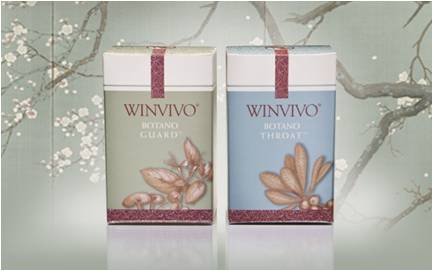Alternative Medicine is Becoming Mainstream
By Tammy Worth
Trends in Food Science & Technology
Volume 20, Issue 9, September 2009, Pages 376-387
Alternative Medicine is Becoming Mainstream
Many Americans are choosing to treat themselves using nontraditional methods, but to what end?
Leon Wittman tweaked his shoulder in 1994 while attempting to keep his basement from flooding during a thunderstorm by scooping water out of a window well with a bucket.
His left arm began to ache. He realized about a year later that he rarely used it anymore and could no longer comfortably sleep on that side. A physician said the only cure was surgery.
Wittman and his wife Charlene have always shied away from physicians, preferring to "maintain a good attitude, drink lots of water and figure things out on our own," as he puts it. And so he opted instead to try a pain relief supplement that included acetaminophen, alfalfa, cramp bark and valerian root -- which, he says, improved his shoulder within a month. The Shawnee, Kan., man now takes a glucosamine, chondroitin and MSM supplement.
Many Americans like Wittman choose to treat themselves with complementary and alternative medicine in lieu of surgery, pharmaceuticals or other traditional care. Their numbers have been steadily climbing over the last decade. According to a July study from the National Center for Complementary and Alternative Medicine, based on interviews with more than 23,300 adults during the 2007 National Health Interview Survey, almost 40% of adults use some form of complementary and alternative medicine to treat a variety of conditions.
They spent about $33.9 billion on these practices in 2007, accounting for about 11.2% of the public's total out-of-pocket health expenditures. In 1997, the last time such a survey was taken, the figure was $27 billion.
"Whatever this amount of the population is doing is no longer fringe," says Dr. Tracy Gaudet, executive director of Duke Integrative Medicine, part of the Duke University Health System. "We have to figure out what they are looking for that they can't find in conventional medicine."
Medicine outside the mainstream goes by many names -- naturopathy, complementary, alternative and integrative medicine -- partly because its umbrella covers almost any practice or product that is not generally taught in medical school or offered by traditional medical doctors. It encompasses a broad array of practices: crystal gazing, drinking green smoothies, taking fish oil, practicing yoga.
Alternative therapies are used most commonly to treat conditions such as back, joint and arthritis pain, colds and depression. The new study found the most popular therapies to be natural products, deep breathing, meditation, chiropractic and massage.
Self-care, at $22 billion, accounted for the majority of spending, mostly on nonvitamin, nonmineral, natural products. The most popular supplements are fish oil, glucosamine, echinacea and flaxseed. Americans spent $4 billion on yoga, tai chi and qigong classes, and $2.9 billion on homeopathic medicine.
See the full article at Trends in Food Science & Technology
 BOTANO GUARD:
BOTANO GUARD:
Naturally Anti-Microbial
Anti-inflammatory
IMMUNE REBALANCER:
Naturally Anti-inflammatory
Desensitizes the Body to Allergens BOTANO THROAT:
BOTANO THROAT:
Dissolves Mucus/Phlegm
Repairs Inflamed Throat BOTANO GUARD +IMMUNE REBALANCER:
BOTANO GUARD +IMMUNE REBALANCER:
Synergy for Faster Relief of Inflammation BOTANO GUARD + BOTANO THROAT:
BOTANO GUARD + BOTANO THROAT:
Synergy for Faster Relief
of Lung Inflammation


Privacy Policy | Disclaimer | Knowledge Garden Disclaimer | Return Policy | Contact Us | Affiliate Program
© 2009-2013 WinVivo Corporation All Rights Reserved
